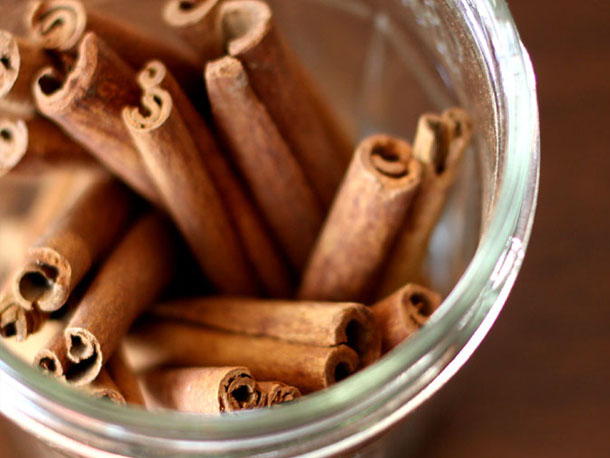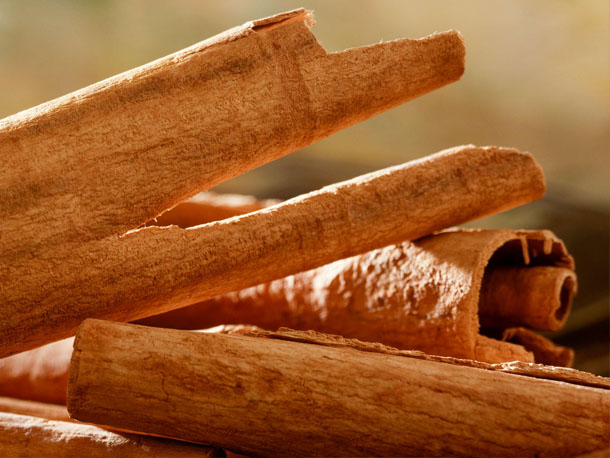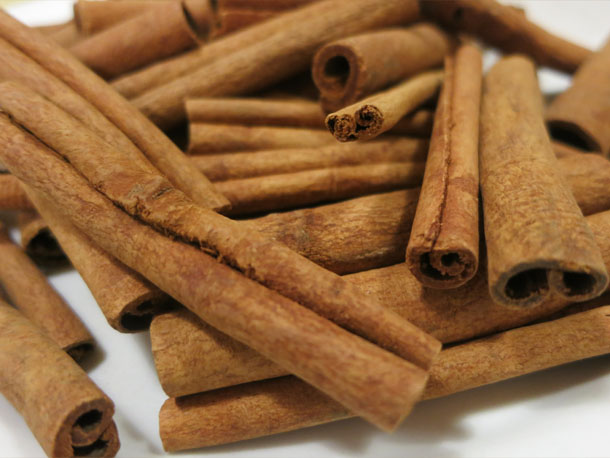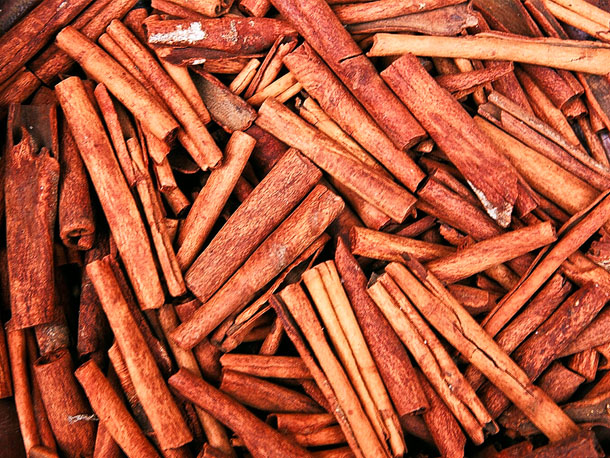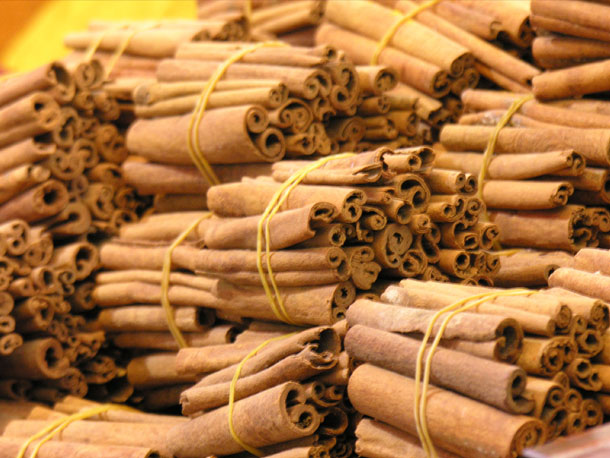Chinese cassia prices show sharp upturns
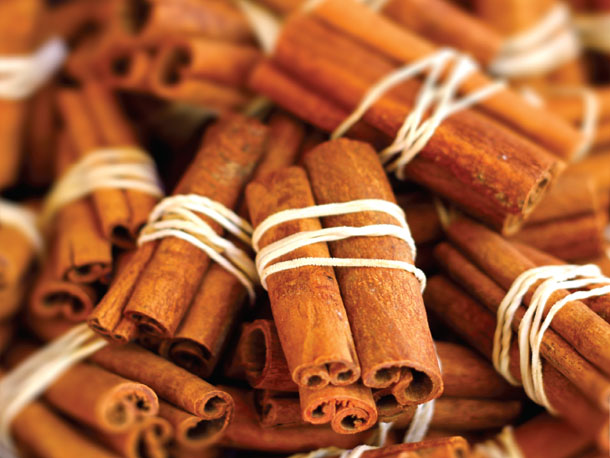
Chinese cassia lignea prices have escalated in recent months due to an underlying shortage of availability.
Much of this lack of supply has arisen because farmers in the country became disillusioned by low prices over the last few years.
The bulk of China’s cassia production is exported and less than 25% is consumed on the domestic market.
Trade sources have indicated Chinese whole cassia lignea at USD3,600-3,700 per tonne cif northwest Europe, up from USD2,000/tonne cif about two months ago and Chinese broken cassia lignea at around USD3,000/tonne cif against USD2,000/tonne cif previously.
However, it is extremely difficult to obtain reliable price indications on the broken cassia as a lot of exporters are mixing this material into consignments of whole cassia rather than trying to sell the broken specifically as a category in its own right.
A spokesman at Hong Kong exporter Orient Resources Company said farmers and factories were taking this tactic due to the prices being so high currently.
He estimated that prices have advanced by a staggering 127% at local level this season.
A spokesman at Hong Kong exporter Orient Resources Company said current prices of cassia lignea in China are at an all time high in local currency terms. “Some expect prices to rise further and have just started stocking,”
The Orient Resources spokesman also observed that as of December 3, prices had gained by 15% from the levels of 10 days ago.
The source viewed the strong price increases as exclusively due to lack of supply. “There is no high demand,” he stressed. “In fact, demand has been subdued from the beginning of the season because prices have risen faster than most importers’ expectations.”
Buyers have been absent since October because the price has shot up so much. After generating sales at about USD2,300/tonne cif prices surged massively higher and it had not been possible to tempt buyers back, the Orient Resources spokesman said.
He recalled that when prices were averaging USD1,000/tonne then a single cassia tree was yielding a little over USD1.00 to the farmer.
Moves to other crops
The whole tree has to be uprooted for the production of cassia and it matures back about three years later. “For USD1.00 the farmer had to climb up the hill, uproot the tree, peel off the barks and then bring it back to his home/farm, semi dry it and sell it. For the past several years we were told that many farmers were shifting to other produce – oranges, mandarin and others – as cassia cutting was no longer profitable for them. They can cut around 50 kilo a day for the season, that lasts just around one month,” he remarked.
The Orient Resources contact noted that in the last few years Chinese cassia prices have steadily risen by USD100-200 a year from the lows of about USD1,000/tonne.
“Some say that it seems this year we reached tilting point,” he said. “Others say there is nothing to worry about as many more farmers will go to cut barks next season. But then so many buyers have stopped purchasing since November, they will all want the first shipments when the new season begins in May 2015,” he added.
Another factor to bear in mind is that there are much fewer cassia trees in place in China now than was the case five to 10 years ago. As a result, even if more farmers opt to collect cassia next season, the underlying supply potential has been reduced from its historical levels, due to the switches to other crops, the source warned.
The key questions now are will the price continue to go up or will it start falling when the new crop arrives? Moreover, will production be more next season? “Time alone will tell,” the Orient Resources spokesman cautioned.
He added that for the time being he does not expect any price movement of more than 10% in either direction over the next two to three months.

